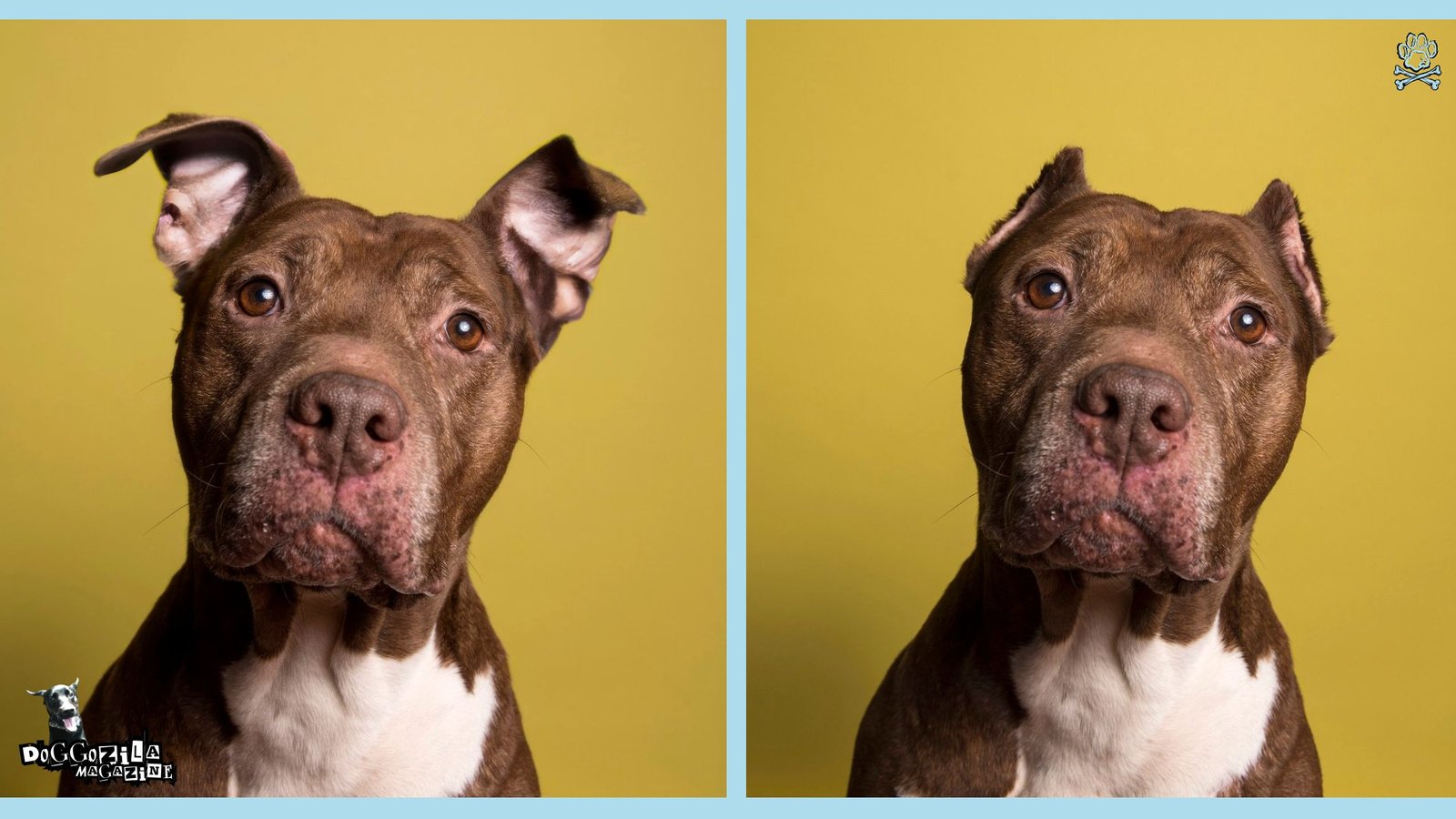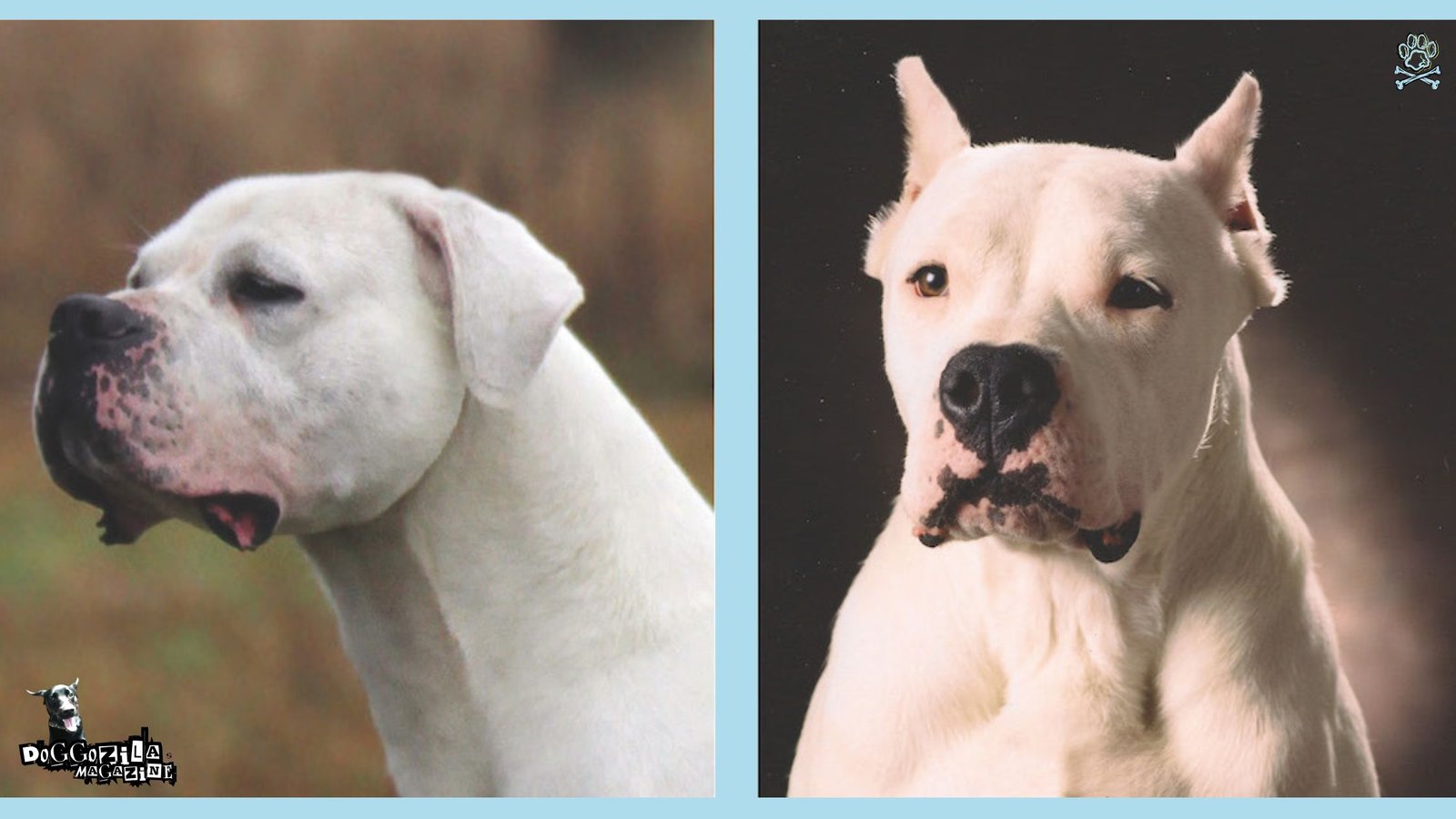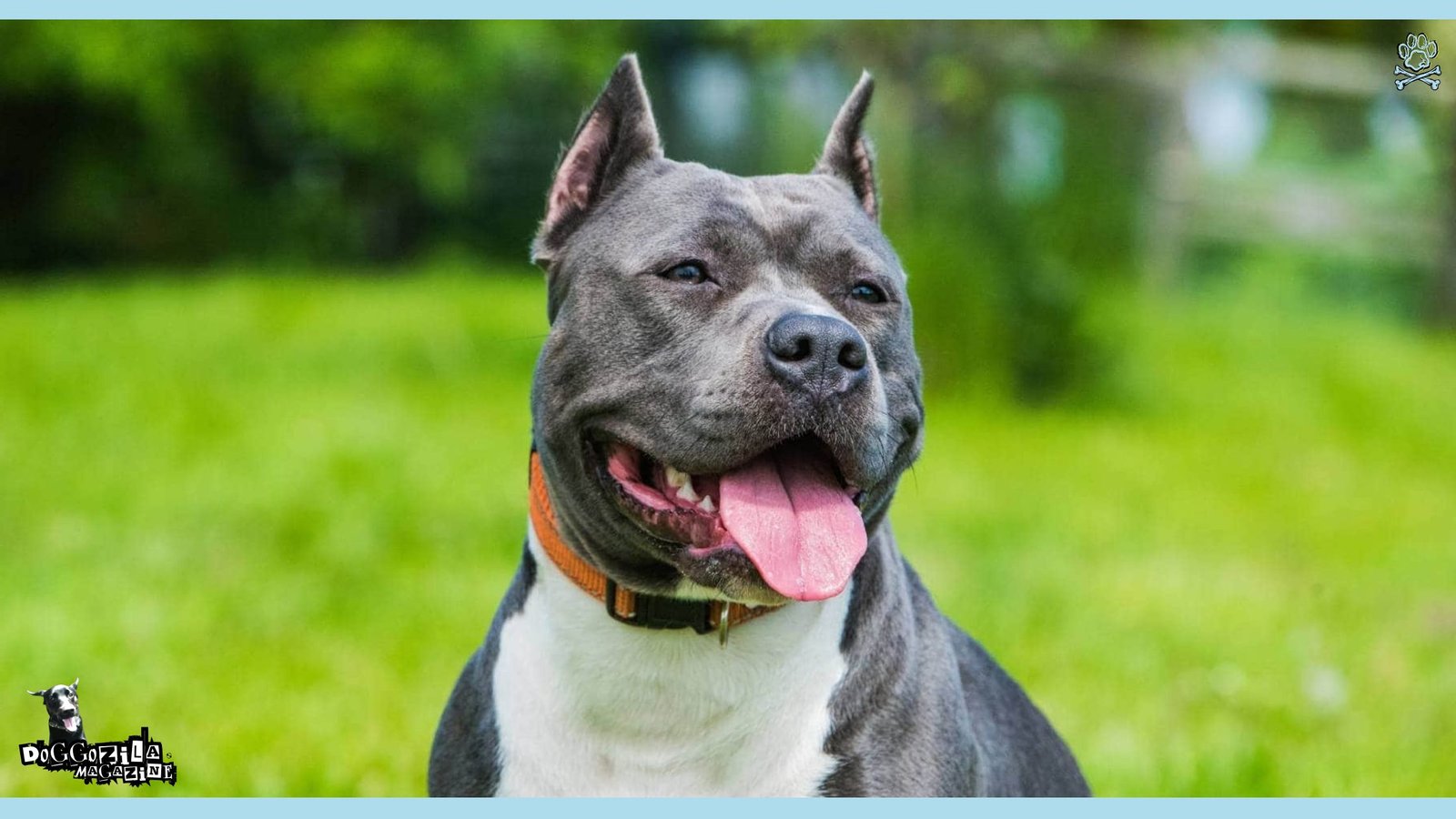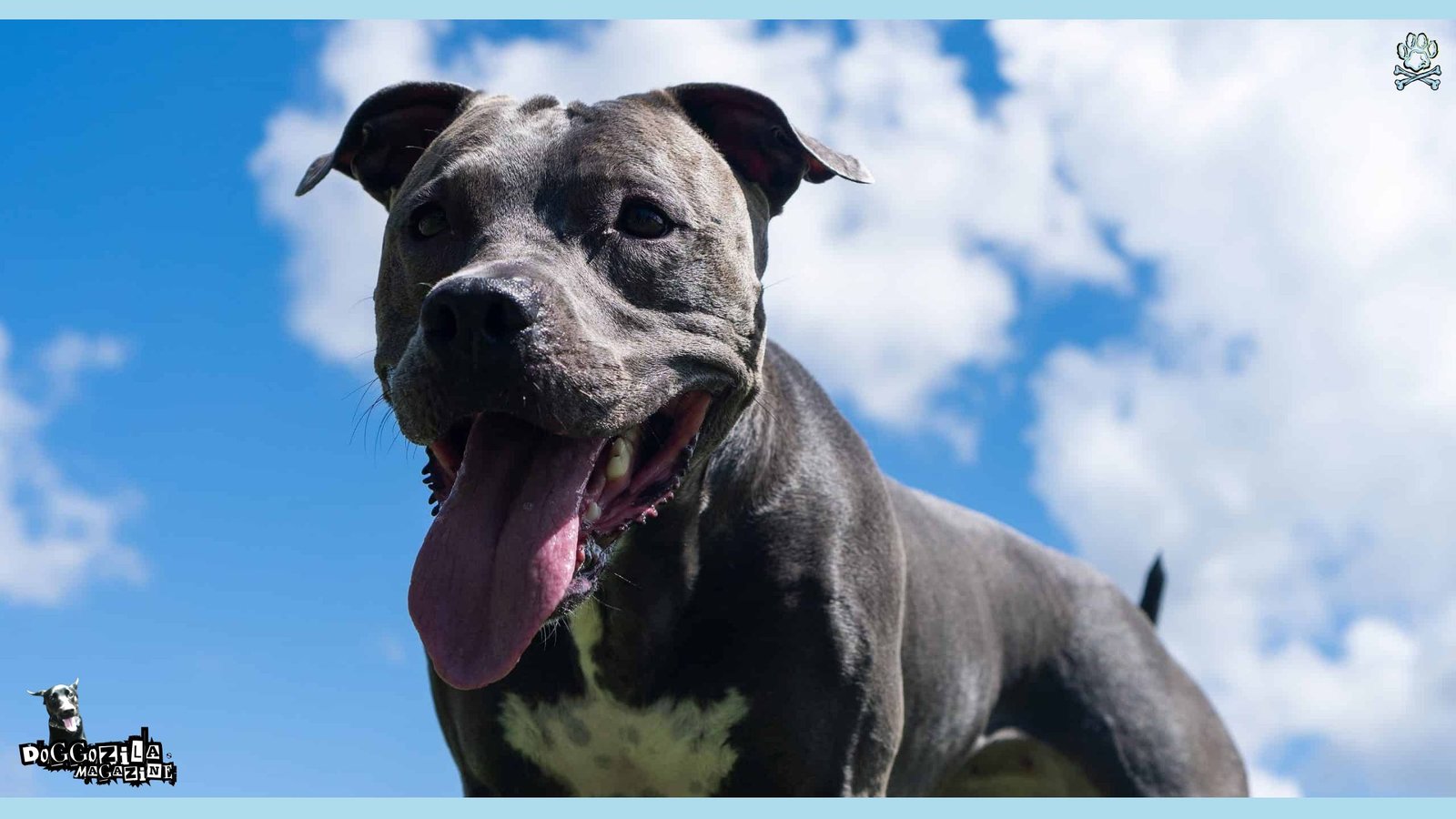Ear cropping on dogs is a controversial practice that has sparked debates among veterinarians, breeders, and pet owners for decades. This is a surgical procedure, which involves cutting and reshaping a dog’s ears for cosmetic or traditional purposes. It has a long history but is increasingly scrutinized in modern times.
Explore the origins of ear cropping on dogs, its cultural significance, the ethical concerns surrounding it, and the current legal landscape. We’ll also delve into real-life examples, veterinary perspectives, and alternatives to ear cropping. Whether you’re a dog owner, breeder, or simply curious, this guide will provide a balanced and in-depth look at this polarizing topic.

INTRODUCTION TO EAR CROPPING IN DOGS
Ear cropping is a surgical procedure performed on dogs, often associated with specific breeds that have been historically bred for particular tasks or purposes. Ear cropping involves the surgical alteration of a dog’s ears, typically to achieve a more “alert” appearance. This procedure can reduce the risk of ear infections, or follow breed standards in shows. Cropped ears are more commonly observed in breeds such as Doberman Pinschers, Boxers, and Great Danes. For these dogs the upright look of cropped ears is favored.
Compelling Debates from animal rights organizations
The prevalence of these practices varies significantly across different countries and cultures. It is influenced by societal norms, perceptions of aesthetics, and considerational elements regarding animal welfare. In some regions, ear cropping is deeply embedded in dog breeding standards and practices. While in others, they may be subject to legal restrictions.
The debate surrounding the necessity and ethics of these procedures has garnered increased attention in recent years. Notably fueled by animal rights organizations advocating against them. Critics argue that such surgeries are primarily cosmetic and result in pain, potential health issues, and behavioral problems for the animals involved.
calls for legislative changes
In contemporary society, the discussion over ear cropping serves as a reflection of evolving attitudes towards animal welfare. Often leading to significant calls for legislative changes and a re-evaluation of long-standing breeding traditions.
While supporters may argue in favor of tradition or advantage, opponents highlight the importance of humane treatment and an animal’s natural anatomy. They voice these concerns for fostering a compelling dialogue around the practices that have historically shaped certain dog breeds.
🔑 Key Points: Ear cropping involves the surgical alteration of the dog’s ears. Typically to achieve a more “alert” appearance, reduce the risk of ear infections, or follow breed standards in shows.

THE HISTORY OF EAR CROPPING ON DOGS: FROM TRADITION TO CONTROVERSY
Ear cropping on dogs has a long and complex history, rooted in both practicality and aesthetics. Understanding its origins helps shed light on why the practice persists in some circles today.
Ancient Roots of Ear Cropping on Dogs
Ear cropping on dogs dates back to ancient civilizations, where it was often performed for practical reasons. In ancient Rome, for example, dogs used for hunting or guarding had their ears cropped to reduce the risk of injury during fights with prey or predators. The belief was that shorter ears were less likely to be torn or bitten. Similarly, in medieval Europe, working dogs like mastiffs and bulldogs often underwent ear cropping to prevent ear infections and injuries while performing their duties.
Ear Cropping on Dogs in Modern Times
By the 18th and 19th centuries, ear cropping on dogs became more associated with aesthetics and breed standards. Certain breeds, such as Doberman Pinschers, Boxers, and Great Danes, were selectively bred and cropped to achieve a specific look that was deemed desirable. Kennel clubs and dog shows further popularized the practice, as cropped ears became a hallmark of these breeds. However, as veterinary medicine advanced and societal attitudes shifted, the practice began to face criticism.
The Decline of Ear Cropping on Dogs
In recent decades, ear cropping on dogs has seen a significant decline, particularly in countries where it is heavily regulated or banned. Many veterinarians and animal welfare organizations argue that the procedure is unnecessary and causes unnecessary pain and suffering. Despite this, ear cropping on dogs remains legal in some regions, and the debate over its ethical implications continues.
🔑 Key Points: By the 18th and 19th centuries, ear cropping on dogs became more associated with aesthetics and breed standards. In ancient times, dogs used for hunting or guarding had their ears cropped to reduce the risk of injury during fights with prey or predators.

THE ETHICS OF EAR CROPPING ON DOGS: A POLARIZING DEBATE
The ethics of ear cropping on dogs are at the heart of the controversy. While some argue it is a matter of tradition or personal preference, others view it as an outdated and cruel practice.
Arguments in Favor of Ear Cropping on Dogs
Proponents of ear cropping on dogs often cite tradition, breed standards, and perceived health benefits as reasons to continue the practice. Some believe that cropped ears reduce the risk of ear infections, particularly in breeds with floppy ears. Others argue that ear cropping on dogs is a personal choice and that responsible breeders and owners should have the right to decide what is best for their animals. For certain working dogs, cropped ears are also said to improve their ability to hear and respond to commands.
Arguments Against Ear Cropping on Dogs
Opponents of ear cropping on dogs argue that the procedure is purely cosmetic and offers no significant health benefits. They point out that the surgery is painful and carries risks such as infection, scarring, and complications from anesthesia. Many also believe that ear cropping on dogs is a form of animal cruelty, as it involves altering a dog’s natural appearance for human preferences. Organizations like the American Veterinary Medical Association (AVMA) and the Royal Society for the Prevention of Cruelty to Animals (RSPCA) strongly oppose the practice.
The Role of Veterinarians in the Debate
Veterinarians play a crucial role in the ear cropping on dogs debate. While some vets still perform the procedure, many refuse on ethical grounds. The AVMA, for example, discourages ear cropping on dogs unless it is medically necessary. Veterinarians who oppose the practice often advocate for education and awareness, encouraging pet owners to consider the welfare of their dogs over aesthetics.
🔑 Key Points: The ethical considerations surrounding ear cropping extend beyond legality, delving deep into the moral responsibilities we hold towards animals. Critics of this practice emphasize that animal welfare should take precedence, advocating for a society where pets are not subjected to painful procedures for cosmetic gain.

THE PROCEDURE: WHAT EAR CROPPING ON DOGS ENTAILS
Ear cropping on dogs is a surgical procedure that involves cutting and reshaping a dog’s ears. Understanding the process can help pet owners make informed decisions.
The Surgical Process
Ear cropping on dogs is typically performed when puppies are between 7 and 12 weeks old. The procedure involves putting dogs on general anesthesia, followed by the removal of a portion of the ear flap. The edges of the ear are then stitched, and the ears are taped or bandaged into an upright position to encourage healing in the desired shape. The entire process can take several weeks, during which the puppy requires careful monitoring and aftercare.
Risks and Complications
Like any surgical procedure, ear cropping on dogs carries risks. These include pain, infection, bleeding, and adverse reactions to anesthesia. Improper aftercare can also lead to complications such as scarring or misshapen ears. In some cases, dogs may experience long-term discomfort or behavioral changes due to the trauma of the procedure.
Aftercare and Recovery
After ear cropping on dogs, puppies require extensive aftercare to ensure proper healing. This includes regular cleaning of the surgical site, changing bandages, and monitoring for signs of infection. Owners must also keep their puppies from scratching or rubbing their ears, which can disrupt the healing process. The recovery period can be stressful for both the puppy and the owner, requiring a significant time commitment.
🔑 Key Points: This process involves the alteration of the dog’s ear shape and is typically undertaken when the dog is between 8 to 16 weeks old, although age and breed-specific considerations play a crucial role.

POST-OPERATIVE CARE AND HEALTH IMPLICATIONS
Post-operative care is crucial for ensuring a successful recovery for dogs that have undergone the ear cropping procedure. After the surgery, the dog’s ears require careful monitoring to promote healing and prevent complications.
Did you know why do dogs pull their ears back?
Use Elizabethan Collar
The initial recovery period typically lasts from one to two weeks, during which time the dog may need to wear an Elizabethan collar to prevent them from scratching at their ears. It is essential to keep the ears clean and dry, as exposure to moisture can lead to infections.
During the post-operative care phase, pet owners should observe their dogs for any signs of discomfort or distress, such as excessive barking, reluctance to eat, or a change in behavior.
It’s also important to watch for any unusual discharge from the ears or swelling around the incision sites, as these can be indicators of complications like infection or inflammation. If any concerning symptoms arise, immediate veterinary attention may be necessary to address these issues promptly.
Health Implications, Infections and Abnormal Ear Development or Irritation
Regular follow-up visits to the veterinarian are instrumental in monitoring the healing process. The vet will check the incision sites, remove stitches if required, and assess the overall health of the dog’s ears.
These follow-ups are critical not only for ensuring proper healing but also for identifying any long-term health implications associated with ear cropping. Some dogs may experience abnormal ear development or persistent irritation, which can necessitate further interventions.
In terms of long-term health implications, studies suggest that ear cropping may predispose to ear infections in dogs, particularly if the ear structure is altered significantly.
Additionally, improper healing can lead to unsatisfactory aesthetic outcomes, which may require corrective measures. Understanding these potential complications can aid in making informed decisions regarding ear cropping and its implications for a dog’s quality of life.
🔑 Key Points: Always use an Elizabethan collar to prevent them from scratching at their ears. Follow the instructions from the veterinary to prevent any health implications or abnormal ear development.

THE EFFECTS OF EAR CROPPING ON DOG BEHAVIOR AND EMOTIONS
Ear cropping, a procedure involving the surgical alteration of a dog’s ears, can significantly affect their behavior and emotional expression. Dogs utilize their ears as crucial tools for communication, employing various ear positions to convey feelings such as aggression, fear, relaxation, or submission.
Profound Impact on Emotional Expression and Behavior
When a dog’s ears are cropped, their ability to engage in these natural expressions is fundamentally altered. This can lead to challenges in social interactions, as the nuanced signals typically conveyed by the ear position may be lost or misinterpreted by other dogs and humans alike.
A study conducted on various breeds that underwent ear cropping demonstrates that alterations in ear mobility can lead to confusion in communication among dogs. For instance, a dog with erect, cropped ears may be perceived as more aggressive or dominant, regardless of its actual temperament.
Consequently, misunderstandings can arise between dogs during social encounters, potentially resulting in aggressive behaviors or fear responses. Such alterations can exacerbate anxiety or behavioral issues in cropped dogs, as they might be less able to communicate effectively with their peers.
Increased Anxiety and Stress from Social Situations
Anecdotal evidence from dog owners and trainers also provides insight into these emotional ramifications. Many report that cropped ear dogs exhibit increased stress in social situations, often responding in unpredictable ways.
Observations suggest that these dogs may either withdraw, becoming overly submissive, or act out defensively due to their inability to engage in typical behavioral cues. Furthermore, cropped dogs may display signs of anxiety, leading to behavioral issues such as barking, whining, or destructive tendencies when feeling stressed.
So shortly, ear cropping not only modifies a dog’s physical appearance but also profoundly impacts their emotional expression and behavior. Understanding these effects is essential for prospective dog owners, breeders, and trainers in promoting a harmonious social environment for all canine companions.
🔑 Key Points: The effects of this procedure can really have big impact on your dog communication with other dogs and people. Dogs with such fault in communication can develop anxiety and stress from their daily interactions.

LEGAL AND CULTURAL PERSPECTIVES ON EAR CROPPING ON DOGS
The legality and cultural acceptance of ear cropping on dogs vary widely around the world. These differences reflect broader attitudes toward animal welfare and cosmetic surgery.
Countries Where Ear Cropping on Dogs is Banned
Many countries have banned ear cropping on dogs, including the United Kingdom, Australia, and most of Europe. In these regions, the practice is considered unnecessary and inhumane, and veterinarians who perform the procedure can face legal consequences. These bans are often supported by animal welfare organizations and the general public.
In Europe, for instance, the majority of countries have outlawed ear cropping altogether, viewing it as an unnecessary modification that poses risks to the animal’s health. In countries like the United Kingdom, the Animal Welfare Act prohibits any form of mutilation unless there is a valid medical reason.
Countries Where Ear Cropping on Dogs is Legal
In some countries, including the United States and parts of Asia, ear cropping on dogs remains legal. However, even in these regions, the practice is increasingly controversial. Some states and provinces have introduced restrictions or outright bans, reflecting changing attitudes toward animal rights.
So, nations such as Australia have established stringent regulations that strictly limit ear cropping practices, only permitting such procedures for therapeutic reasons. Within the United States, however, the legal landscape is less uniform.
While some states have enacted laws banning ear cropping, others allow the procedure, creating a patchwork of regulations across the nation. Even in states where ear cropping is permitted, many veterinarians refuse to perform the surgery due to ethical concerns and a growing recognition of animal rights.
Cultural Significance of Ear Cropping on Dogs
In certain cultures, ear cropping on dogs is deeply rooted in tradition and symbolism. For example, in some rural communities, cropped ears are seen as a sign of strength and resilience in working dogs. However, as global awareness of animal welfare grows, these traditions are being reevaluated and, in some cases, abandoned.
Organizations, such as the American Humane Society and the American Veterinary Medical Association, are actively campaigning against the practice, aiming to elevate awareness about the potential suffering and health risks associated with unnecessary surgical actions.
🔑 Key Points: Many countries have banned ear cropping on dogs, including the United Kingdom, Australia, and most of Europe. In some countries, including the United States and parts of Asia, ear cropping on dogs remains legal.

REAL-LIFE STORIES: DOGS AND EAR CROPPING
Real-life stories provide valuable insights into the impact of ear cropping on dogs, both positive and negative.
Max the Doberman
Max, a Doberman Pinscher, underwent ear cropping as a puppy. His owner, a breeder, believed the procedure was necessary to adhere to breed standards. While Max’s ears healed well, his owner later regretted the decision, citing the pain and stress it caused the puppy. Max’s story highlights the emotional toll ear cropping on dogs can have on both the animal and the owner.
Bella the Boxer
Bella, a Boxer, was adopted from a shelter with cropped ears. Her new owner, an advocate for animal welfare, was initially concerned about the ethics of the procedure. However, Bella showed no signs of discomfort or behavioral issues, and her owner focused on providing her with a loving home. Bella’s story illustrates the importance of prioritizing a dog’s well-being, regardless of their past.
Rocky the Great Dane
Rocky, a Great Dane, was spared ear cropping thanks to his owner’s decision to forgo the procedure. Instead, Rocky’s natural floppy ears became one of his most endearing features. His owner advocates for alternatives to ear cropping on dogs, emphasizing the importance of embracing a dog’s natural appearance.
🔑 Key Points: These stories are telling us always to choose what is better for our dogs. They should have a happy and healthy life for the very short time that they have here with us!

ALTERNATIVES TO EAR CROPPING ON DOGS: EMBRACING NATURAL BEAUTY
As pet ownership evolves, many owners seek alternatives to ear cropping that align with a more compassionate approach to canine care. Emphasizing the dog’s natural appearance can significantly enhance their overall well-being without resorting to surgical methods. For pet owners who want to avoid ear cropping on dogs, there are several alternatives to consider.
Natural Ears
Many breeds, including Dobermans and Boxers, can thrive with their natural ears. Embracing a dog’s natural appearance not only avoids the risks of surgery but also celebrates their unique beauty. Natural ears are also less prone to certain complications, such as scarring or infections.
Proper Ear Care
For breeds prone to ear infections, proper ear care can help prevent issues without the need for cropping. Regular cleaning, grooming, and monitoring for signs of infection are essential for maintaining ear health. Veterinarians can provide guidance on the best practices for ear care.
Education and Advocacy
Educating others about the risks and ethical concerns of ear cropping on dogs is a powerful way to promote change. By sharing information and advocating for animal welfare, pet owners can help shift societal attitudes and reduce the demand for the procedure.
🔑 Key Points: A wide variety of compassionate alternatives exist for dog owners. By focusing on grooming, training, nutrition, and non-invasive products, dog lovers can enhance their pets’ appearance and behavior while respecting their natural form and health.

THE FUTURE OF EAR CROPPING ON DOGS: TRENDS AND PREDICTIONS
As attitudes toward animal welfare continue to evolve, the future of ear cropping on dogs is likely to see significant changes. When the awareness grows, it becomes increasingly essential for pet owners to evaluate the implications of ear cropping, not only within their local legal frameworks but also in terms of the broader ethical discourse surrounding animal rights.
Increasing Regulation
Many experts predict that ear cropping on dogs will face increasing regulation in the coming years. As more countries and regions adopt bans, the practice may become less common worldwide. This shift reflects a growing recognition of animals’ rights and the importance of their well-being.
Changing Breed Standards
Kennel clubs and breed organizations are beginning to reconsider their standards, moving away from cropped ears as a requirement. This change could help reduce the demand for ear cropping on dogs and encourage a focus on health and temperament over appearance.
A Focus on Education
Education will play a key role in shaping the future of ear cropping on dogs. By raising awareness about the risks and ethical concerns, veterinarians, animal welfare organizations, and pet owners can work together to promote more humane practices.
Our Final Takeaway
As we reflect on the historical practices of ear cropping, it becomes clear that these traditions have evolved significantly over time. Originating from necessity—primarily for utility in specific canine roles such as hunting or guarding—these practices have gradually transitioned into the realm of aesthetic preference.
This shift raises important ethical questions about the justification behind such procedures in contemporary dog ownership. In light of these discussions, it is imperative for society to challenge long-standing beliefs that prioritize cultural traditions over animal welfare.
By promoting a shift in perspective, we can move towards a future where the physical integrity and emotional well-being of our canine companions are held in the highest regard. Ultimately, embracing compassion and ethical practices in dog breeding and ownership not only benefits the animals but also enriches the human-animal bond we cherish.
Dear readers, you asked this product and now we have it for you!
For all the others, let us ask if you own a dog grooming kit or have trouble with the flying fur around your home, and it is everywhere?
Well from now onward we have a special surprise for all of you and the flying fur will be a history,
and you will save some serious $ for grooming costs!
Check the 5-in-1 Dog Grooming Kit with Vacuum below!










